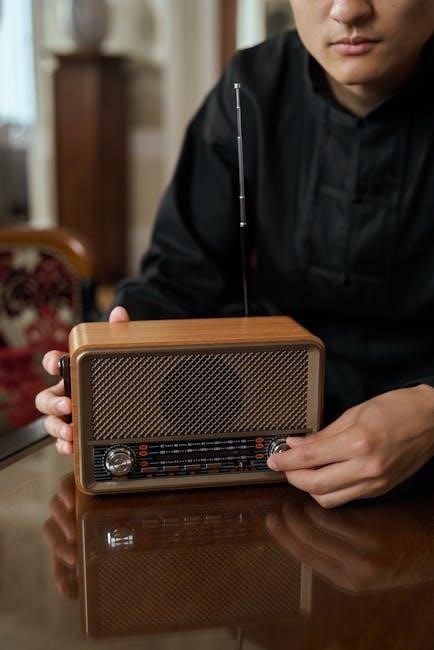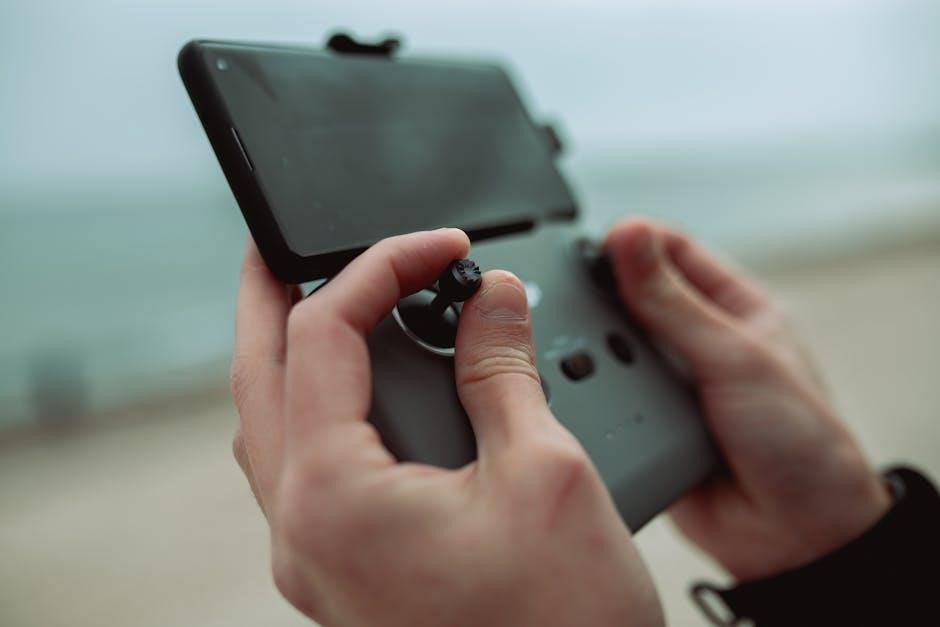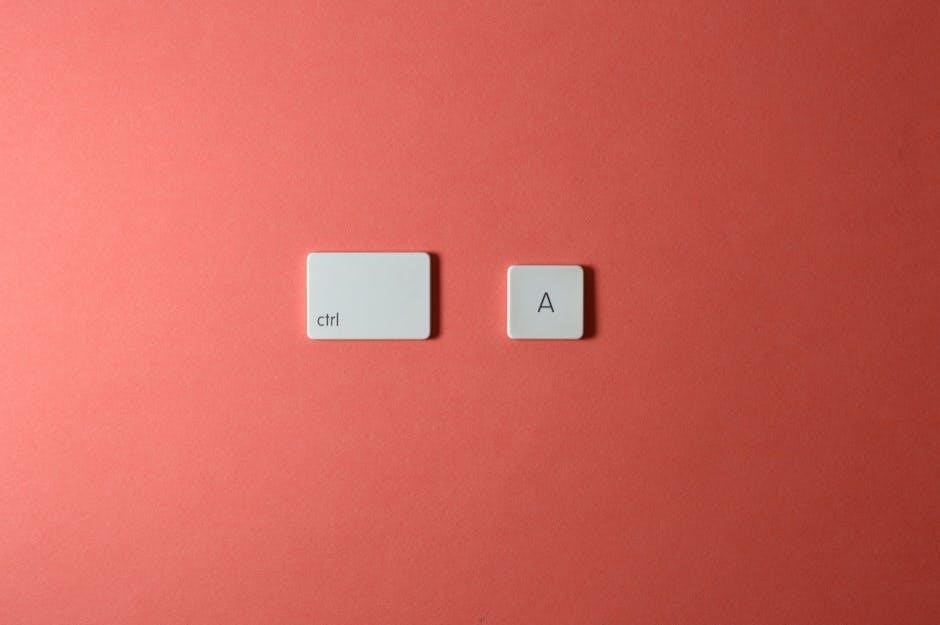Napoleon Fireplace Remote Control Manual: Troubleshooting and Solutions
Experiencing issues with your Napoleon fireplace remote? This guide provides comprehensive troubleshooting steps and solutions to common problems. From battery checks to receiver box resets, we’ll help you restore convenient control over your fireplace. Let’s get started!
Napoleon fireplace remote controls offer homeowners a convenient way to manage their gas or electric fireplaces. These remotes allow users to adjust the flame height, temperature, and even turn the fireplace on or off from the comfort of their couches. Understanding the basic functionality and components of your Napoleon remote control is the first step towards effective troubleshooting.
These remotes typically consist of a handheld transmitter and a receiver box, usually located within the fireplace’s control cavity. The transmitter sends signals to the receiver, which then controls the fireplace’s operation. Some Napoleon fireplaces also offer advanced features like programmable thermostats and child-proof settings, further enhancing user experience.
However, like any electronic device, Napoleon fireplace remotes can encounter issues. Batteries may drain, signals can be interfered with, or the receiver box might malfunction. Knowing how to identify and address these common problems is crucial for maintaining your fireplace’s optimal performance. This manual provides step-by-step guidance to troubleshoot and resolve many of these issues, ensuring you can enjoy the warmth and ambiance of your Napoleon fireplace without interruption.
Identifying Your Napoleon Remote Control Model

Before troubleshooting any issues, accurately identifying your Napoleon remote control model is essential. Different models may have unique features, button layouts, and programming procedures. This information is crucial for accessing the correct troubleshooting guides and replacement parts, ensuring a successful repair or replacement.
Start by examining the remote control itself. Look for a model number or name printed on the front, back, or inside the battery compartment. Common Napoleon remote control models include the F45, F60, and various Proflame series remotes. The remote’s user manual is another valuable resource for identifying the model. If you have the fireplace’s installation manual, it may also list the compatible remote control model.
If you cannot find the model number on the remote or in the manuals, try searching online using the fireplace’s model number. Napoleon’s website or online retailers often provide information about compatible remote controls. Once you have identified your remote control model, you can access specific troubleshooting guides, programming instructions, and replacement part information, streamlining the process of resolving any issues you may encounter.
Common Problems with Napoleon Fireplace Remotes
Napoleon fireplace remotes, while convenient, can experience various issues. One prevalent problem is a lack of responsiveness, often stemming from dead or weak batteries in either the remote itself or the receiver box. This can manifest as the fireplace not turning on or off, or failing to respond to temperature adjustments.
Another common issue involves synchronization problems between the remote and the receiver. This can occur after battery replacements or power outages, requiring the remote to be re-paired with the receiver. Interference from other electronic devices can also disrupt the remote’s signal, preventing it from communicating effectively with the fireplace.
Furthermore, a malfunctioning remote control valve position can hinder proper operation. If the valve is not set to the “Remote” position, the remote will be unable to control the fireplace. Physical obstructions between the remote and the receiver can also block the infrared signal, leading to a lack of response. Finally, a faulty receiver box or a damaged remote control can necessitate replacement.
Troubleshooting Steps: Batteries and Receiver Box
When your Napoleon fireplace remote malfunctions, begin by inspecting the batteries. Replace the batteries in both the remote and the receiver box, ensuring you use fresh batteries of the correct type. Low battery power is a frequent cause of remote failure, indicated by frequent beeping or a low battery icon on the remote’s display.
Next, locate the receiver box, typically found within the control cavity of your fireplace. Ensure all wires connected to the receiver box are securely fastened to their terminals. If any wires are loose, gently reattach them.
Check the battery pack located on the bottom right side of the appliance in the receiver box. Slide the switch on the receiver box to the “OFF” position, wait a few seconds, and then slide it back to the “Remote” position. This can sometimes reset the connection. If the light on the receiver box blinks and beeps twice after this, it indicates proper function. If problems persist, consider replacing the batteries again.
Synchronization and Resetting the Remote
If replacing the batteries doesn’t resolve the issue, synchronizing or resetting your Napoleon fireplace remote might be necessary. First, ensure both the remote and the receiver box are turned off.
Next, place the receiver box in “Remote” mode; the system should flash or beep, signaling it’s ready to sync. Press the “On” button on the handheld remote for a few seconds. The receiver should respond by flashing or beeping again, confirming successful synchronization.
If this doesn’t work, some models require holding a connection mode button on the device to re-enable connection mode. Alternatively, look for a “reset network” option on your device if available. If your remote has a child-proof feature, ensure it is disabled, as this can prevent the remote from functioning.
If synchronization continues to fail, consult your specific Napoleon fireplace model’s manual for detailed instructions, or contact a professional technician for assistance;
Checking the Remote Control Valve Position
Before diving into more complex troubleshooting, verifying the remote control valve position is crucial. Most Napoleon fireplaces have a manual control valve, often located within the control cavity of the fireplace. This valve must be in the correct position for the remote to function.
Ensure the valve is set to the “REMOTE” position. If the valve is in the “OFF” or “ON” position, the remote will be unable to control the fireplace. The “REMOTE” setting allows the remote control to override the manual settings and manage the fireplace’s operation.

To locate the control cavity, refer to your fireplace’s manual. Once found, visually inspect the valve’s position. If it’s not in the “REMOTE” setting, carefully adjust it. After adjusting, test the remote to see if it now controls the fireplace.
If the valve is already in the “REMOTE” position and the remote still doesn’t work, proceed to other troubleshooting steps, such as checking batteries or receiver box connections.
Locating and Accessing the Receiver Box
The receiver box is a critical component for remote control operation. It receives signals from the remote and translates them into actions for the fireplace; Finding and accessing the receiver box is essential for troubleshooting or replacing it.
Typically, the receiver box resides within the control cavity of your Napoleon fireplace. This cavity is often located behind a removable panel or within the lower section of the fireplace unit. Refer to your fireplace’s manual for the precise location, as it varies between models.
Once you’ve located the control cavity, carefully remove the access panel. You may need a screwdriver to loosen screws. Once inside, look for a small box with wires connected to it – this is the receiver box. Ensure the wires are securely connected to the terminals.
Before proceeding with any further actions, turn off the fireplace and, if possible, disconnect the power supply. This will prevent any accidental electrical shock. With the receiver box located and safely accessible, you can now proceed with troubleshooting or replacement.
Replacing the Remote Control Receiver
If troubleshooting indicates a faulty receiver, replacement is often the best solution. Before starting, ensure you have the correct replacement receiver for your Napoleon fireplace model. Consult your fireplace manual or contact a Napoleon dealer to confirm compatibility.
Begin by disconnecting the power to the fireplace. Access the receiver box as described in the previous section. Carefully disconnect the wires from the old receiver, noting their positions for reconnection to the new receiver. Taking a photo can be helpful.
Connect the wires to the new receiver, ensuring they match the original configuration. Securely mount the new receiver in the same location as the old one. Ensure no wires are pinched or damaged during installation.
Replace the access panel and restore power to the fireplace. Test the new remote control receiver by attempting to operate the fireplace with the remote. If the fireplace responds correctly, the replacement was successful. If not, double-check the wiring and consult a professional technician.
Addressing Infrared Signal Interference
Infrared (IR) remote controls rely on a clear line of sight between the remote and the fireplace receiver. Interference with the IR signal can prevent the remote from working correctly. Common sources of interference include direct sunlight, other electronic devices, and physical obstructions.
Ensure there are no objects blocking the path between the remote and the fireplace. Move any furniture, decorations, or other items that might be interfering with the signal. Try operating the remote from different angles and distances to see if the signal improves.
Fluorescent lights and some LED lights can also emit IR radiation that interferes with the remote signal. Try turning off these lights to see if it resolves the issue. If the problem persists, consider relocating the fireplace receiver or using a remote control system that operates on radio frequency (RF) instead of IR.
Check for any reflective surfaces, such as mirrors or shiny objects, that might be scattering the IR signal. Adjusting their position or covering them temporarily can help improve remote performance.
Ordering a Replacement Remote Control
If troubleshooting steps fail to restore your Napoleon fireplace remote’s functionality, ordering a replacement might be necessary. Start by identifying the correct model number of your fireplace and remote. This information is usually found on a sticker or label on the fireplace itself or in the original owner’s manual.
Contact an authorized Napoleon dealer or visit the Napoleon website to find compatible replacement remotes. Ensure the replacement remote is specifically designed for your fireplace model to guarantee proper operation and compatibility.

When ordering, provide the fireplace model number and, if possible, the remote control model number to the dealer or online retailer. This will help ensure you receive the correct replacement.

Be cautious of generic or universal remotes, as they may not fully support all the features of your Napoleon fireplace. Opt for a genuine Napoleon replacement remote for optimal performance and reliability. Consider purchasing from reputable sources to avoid counterfeit products.
